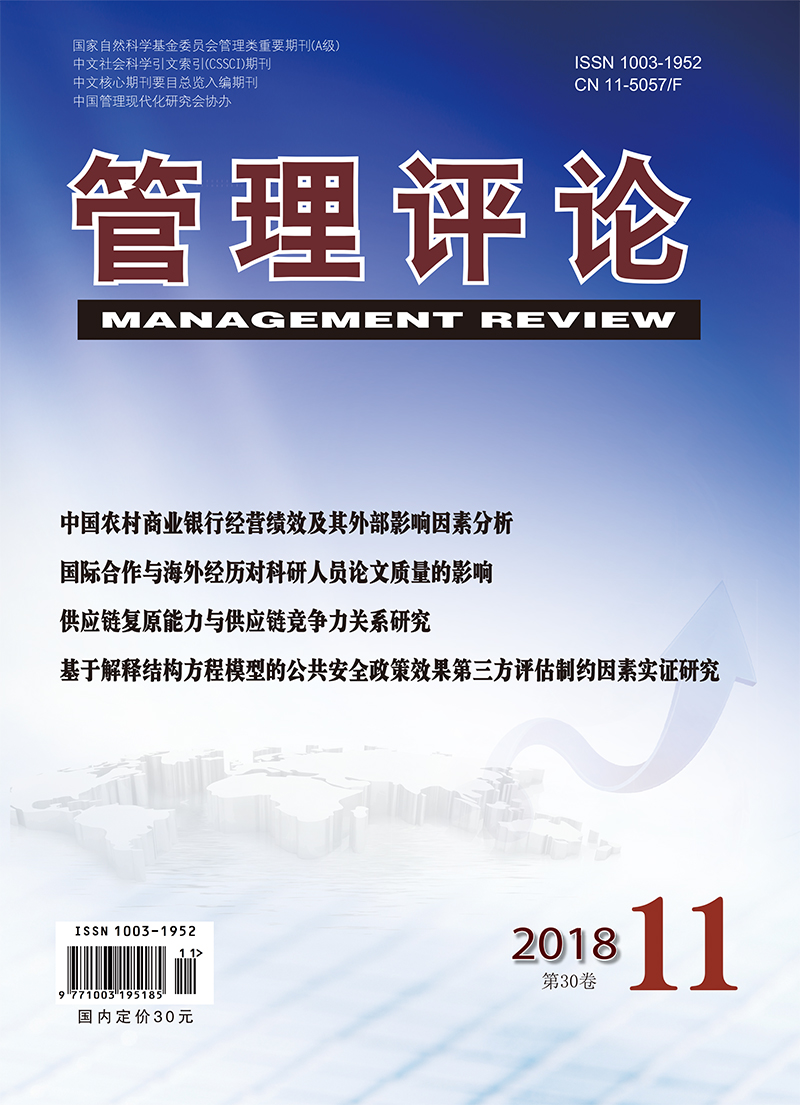Can the rapidly developing Internet Finance replace commercial banks which play the role of financial intermediary? From the perspective of soft information, the paper conducts an exploratory case study of “internet loan based on big data” of Agricultural Bank of China. The conclusion is that the information technology system cannot replace the interpersonal communication system, nor the role of financial intermediary role of banks. The reasons are as follows: (1) The information processing difficulty of “internet loan based on big data” lies in soft information and can only be solved through interpersonal communication. (2) The role of interpersonal communication lies not only in the transmission of information, but also in the production of information; the formation of non-standardized and recognized information is of great significance. (3) This kind of non-standardized personal information exists in the form of tacit knowledge, which not only directly promotes cooperation in lending, but also provides the premise and foundation for rational thinking of lending activities. (4) Since rational analysis is based on non-standardized information, the information technology system relying on rational analysis cannot replace the interpersonal communication system carrying non-standardized information. Based on the above findings, this paper establishes a mechanism of soft information in online credit, and describes the different paths from the individual experience differences to the authenticity of willingness to cooperate. The study points out that the non-standardized information formed in interpersonal communication can only exist in a certain interpersonal relationship structure, and it is difficult to completely harden and transmit through open channels. This study deepens the understanding of credit soft information, which can be further explored from the theoretical perspective of knowledge fragmentation. The practical hints are: the interpersonal communication system within commercial banks and between banks and enterprises, as a carrier of non-standardized and accepted information, i.e., soft information, is an organizational resource that enhances bank credit for credit development, which can be improved through online credit technology but cannot be replaced. Correspondingly, the advantage of commercial banks in developing online credit is to use network technology to improve the acquisition, utilization, and development of non-standardized information, that is, soft information, so as to improve rather than eliminate the role of customer relations and organization of personnel systems.

